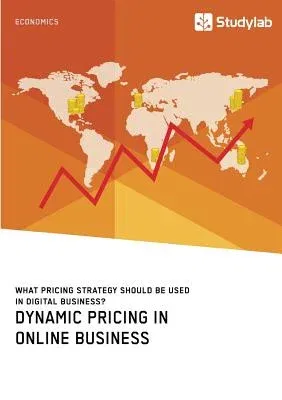40% of German companies vary their prices dynamically on the internet.
This strategic tool helps them to exploit the consumer's maximum
willingness to pay. Studies confirm that these companies are able to
reach higher profits through dynamic pricing. But the federal ministry
of consumer protection sees the price transparency for consumers at
risk. This publication shows how new and existing customers react to
dynamic pricing techniques. It examines if regular customers have a
different price fairness perception than new customers. Customers often
react with dissatisfaction and complaining when they notice a
disadvantage due to dynamic pricing. Their dissatisfaction can have a
long-term impact on the buyer-seller relationship as well as the
company's reputation and profits. Therefore, price fairness perception
is crucial for dynamic pricing strategies. Keywords: - Dynamic
Pricing; - Status-based Dynamic Pricing; - Consumer Dissatisfaction; -
Price Transparency; - New Customers; - Regular Customers


